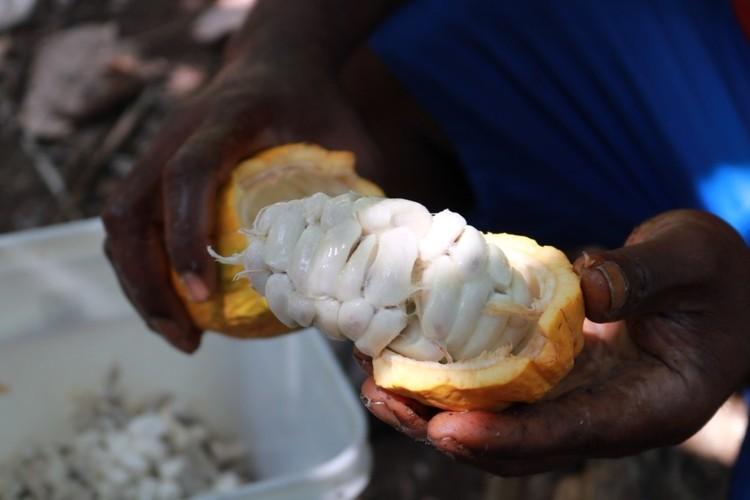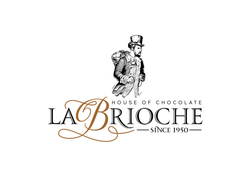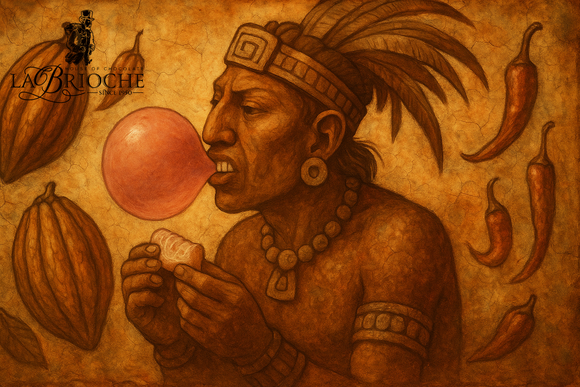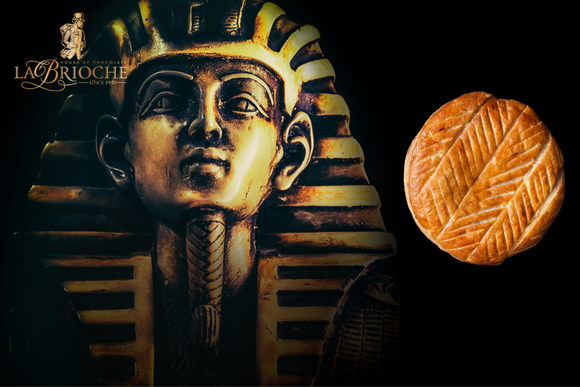
How Much Caffeine is in Chocolate !!!
Omar Adnan Jabri
How Much Caffeine is in Chocolate?
40 mg Caffeine = 100g coffee

Eating chocolate is an exceptionally satisfying experience. We often tend to feel amazingly pleasant after this divine indulgence. Chocolate is the ultimate comfort food and a stress reliever. Chocolate has the ability to console us when life gets us down. It is a powerful mood enhancer and is much more than just being a cure for the broken heart. Research is continuing all the time and experts suggests that chocolate, preferably dark chocolate or chocolate with at least 70% cocoa solids, is really healthy for us. Cocoa beans from which this delicacy is derived are a host to more than 300 known chemicals which scientists have been working on to isolate. It’s amazing how a little bean can hoard so many healthy chemicals.
CHEMICAL COMPOSITION OF THE COCOA BEAN:
The chemical composition of a cocoa bean is very complex:
- The main component of a cocoa bean is a lipid fraction constituting around 50%, mainly containing neutral lipids with a predominant fraction of triglyceride molecules.
- Protein fraction constitutes 10 to 15 % of the dry weight of cocoa beans.
- Cocoa beans contain stimulant substances such as theobromine, caffeine, and purine alkaloids which affect the central nervous system.
- Various other bioactive compounds with vasoactive effects have been reported in cocoa beans.

CAFFEINE IN CHOCOLATE
People often ask about the amount of caffeine present in chocolate. For any dark chocolate, there is a moderate amount of caffeine present. Caffeine is a xanthine alkaloid substance present in the leaves, nuts and fruits of many plants including coffee and about 60 other plant varieties.
One of these plants is the cocoa tree from which chocolate comes. The caffeine is found in the seeds of the cocoa pods. Cocoa seeds are commonly called cocoa beans. Cocoa beans grow inside the cocoa pods. Each cocoa pod contains around 30 to 40 cocoa beans. The cocoa beans contain from 0.1 to 0.7% caffeine.
Caffeine is also present in lesser amounts in the skin that surrounds the cocoa beans. It usually constitutes 0.05% to 0.3 % of caffeine whereas dried tea leaves have approximately 3% caffeine and dry coffee beans have almost 1.2% caffeine present in them. The difference in tea versus coffee effect on you as a consumer is in the amount you use to brew your drink. You use much less dried tea leaves to brew a drink than coffee. This is why coffee generally has a bigger caffeine punch in daily life as compared to tea (you are using more coffee by weight in making your drink).
When chocolate is made, the skin is removed (winnowed) from the beans. These beans resulting from the process of winnowing are called the cocoa nibs.
It is in these cocoa nibs that the caffeine found in chocolate resides. The nibs are ground in making chocolate and the more concentration of ground nibs (darker chocolate), the more caffeine it will contain.
Dark Chocolate contains a greater percentage of Cocoa solids (cocoa fiber mostly from the cocoa nibs) than milk chocolate or white chocolate. It is because of this; dark chocolate contains more caffeine than either of the other two.
A moderate amount of caffeine is present in dark chocolate which is not as much as what is present in coffee or tea. In milk chocolate, however caffeine is found only in traces.
Another cousin of caffeine mainly found in cocoa nibs is Theobromine, previously known as xantheose. Both theobromine and caffeine share remarkable similarities in their composition structure and this probably explains why they both work in similar ways.
Both caffeine and theobromine are extremely useful as vasodilators, meaning they are beneficial in providing asthmatic improvement in breathing by widening the blood vessels in the lungs. However similar they may be, theobromine does not have the similar strong effects that caffeine does on people.
Chocolate is evolving, and this evolution is bringing forth numerous health benefit which were previously unknown. According to research carried out by The Telegraph, eating dark chocolate provides the following health benefits:
- A better heart through better blood circulation as dark chocolate helps to restore flexibility to arteries.
- Better brain function due to improved blood flow.
- Dark chocolate contains potassium, zinc and iron.
- It possibly helps you fight obesity through food intake satisfaction and look good due to antioxidant content.
- It may help you to fight diabetes if you enjoy chocolate with a high percentage of cocoa solids (the cocoa fiber helps with insulin response).
Chocolate Consultant
Omar jabri



